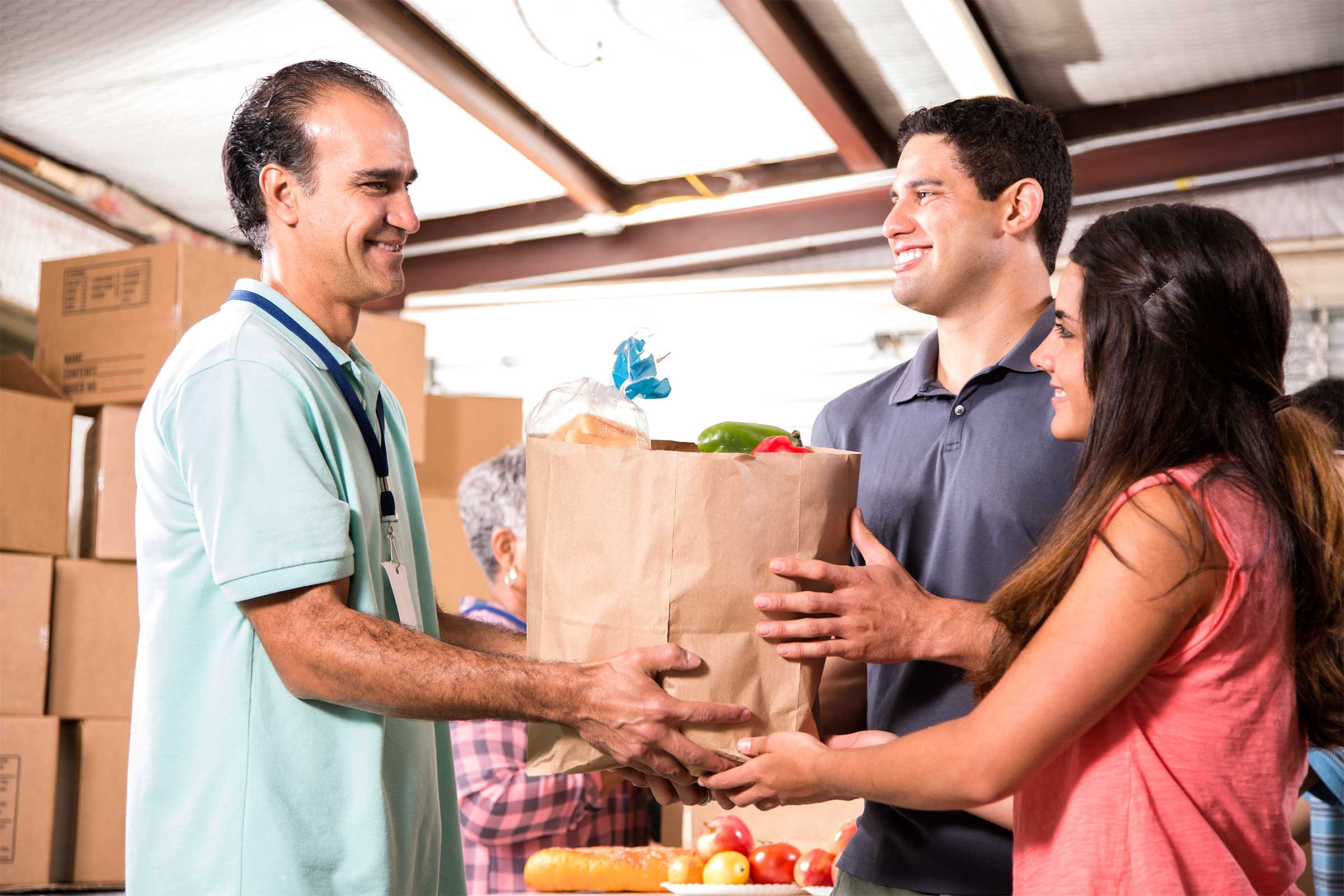
Pantry goers could be you or me
We may think that only the unemployed or homeless use food pantries, but that simply isn’t true, according to Daryl Foriest, director of the Feeding Our Neighbors program at Catholic Charities of New York. “We are seeing increasing numbers of working families, commonly known as the working poor,” Foriest says. And some 90 percent of all seniors were found to be food insecure in 2014, according to feedingamerica.org. Senior citizens living on a Social Security income often have to choose between buying food or paying medical and utility bills.

Fortunes can change in an instant
A layoff, an accident, a long-term illness, or other unexpected event can have a huge impact on a family already struggling to make ends meet. “Seeing so many families in need, especially children, reminds all of us how easily our lives can take a turn for the worse without any notice,” says Foriest. And when a family’s food budget gets slashed, caring about nutrition drops down on the priority scale. Some 79 percent of people buy cheaper food even if it isn’t the healthiest just to make sure to fill the bellies in their family, according to feedingamerica.org. Follow these tips to cut back on food waste in your own home.

We need stuff for babies
Babies go through a lot of diapers and formula. Both are very expensive and can put a major dent in the family budget. “So many of our clients who don’t get food stamps pay so much out of pocket for diapers and baby formula that they’re neglecting their own food needs,” Foriest says. Call ahead to see if your local food pantry accepts these items. A diaper drive would be most welcome, especially during the holidays. “If we were able to give out diapers across our programs, especially at this time of year, many of our neighbors’ children could have a pretty decent Christmas.” Here are 9 powerful ways to give to charity without breaking the bank.
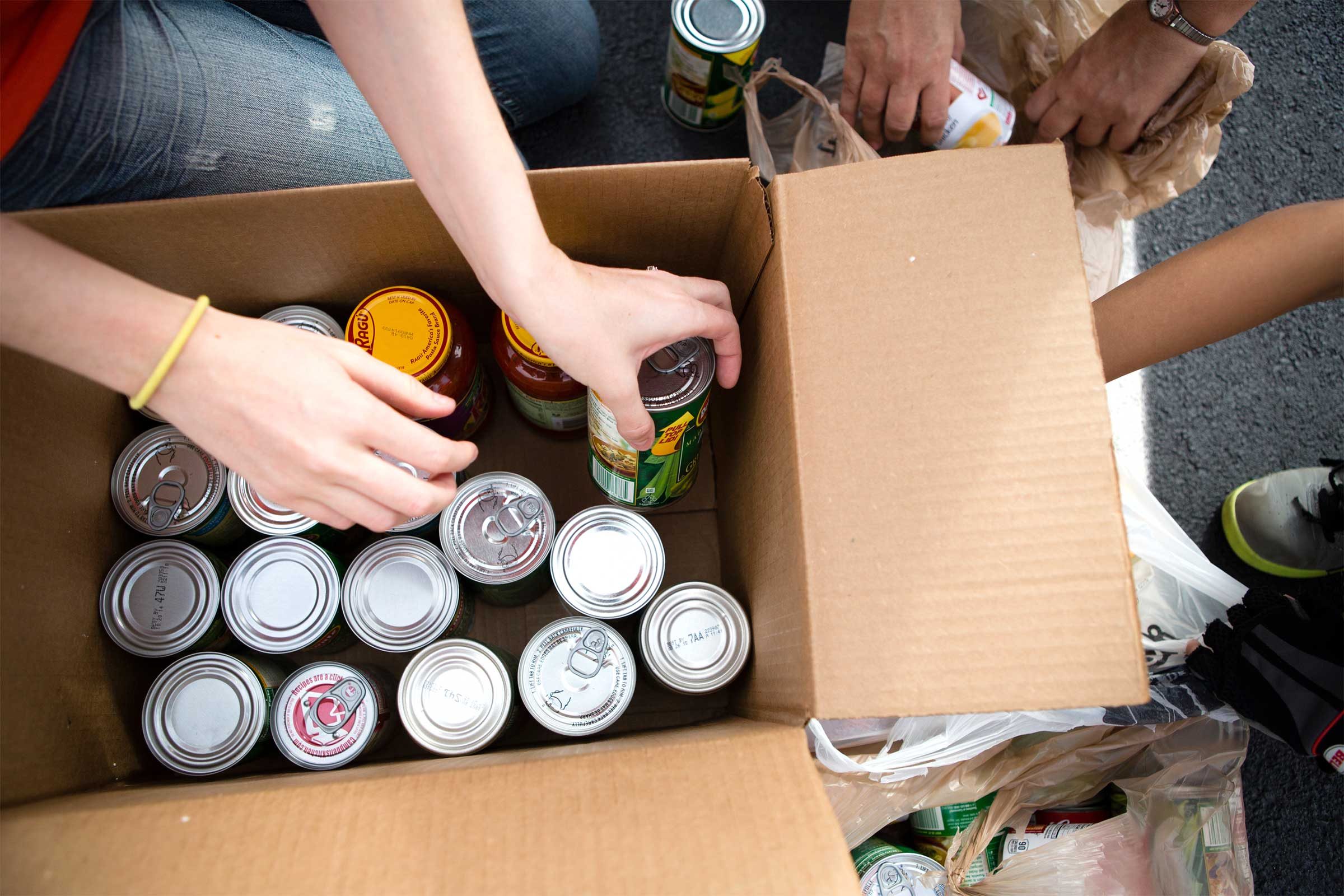
We serve the homebound too
Some food programs, like the Lakeview Pantry in Chicago, offer a home delivery program. Volunteers, using their own vehicles, tote groceries on three Saturdays each month to the elderly, physically disabled, and homebound. Even the food is prepped by volunteers, which makes this a great program for families with children who want to participate. “Children can help pack bags of groceries and can also help stock shelves in our walk-in pantries,” says Stuart Iseminger, MSW, Director of Programs and Operations at the Lakeview Pantry. If your family enjoys volunteering together, call your local food pantry to see what options are available to you. Here’s how to donate food so it won’t go to waste.

We give away more than just food
It’s totally understandable that people who need to ask for food from a local food pantry can feel ashamed or embarrassed. Which is why food pantry volunteers can make it easier. “While volunteering, it’s important to create an atmosphere of love and dignity, since most clients are low on that,” Foriest says. At the Feeding Our Neighbors program, volunteers often become an extended family member to their clients. Food pantry donations are essential of course, but moral support is another much-needed gift volunteers can give. “Pantry goers needs all the love and support they can get when they are going through tough times,” Foriest says.
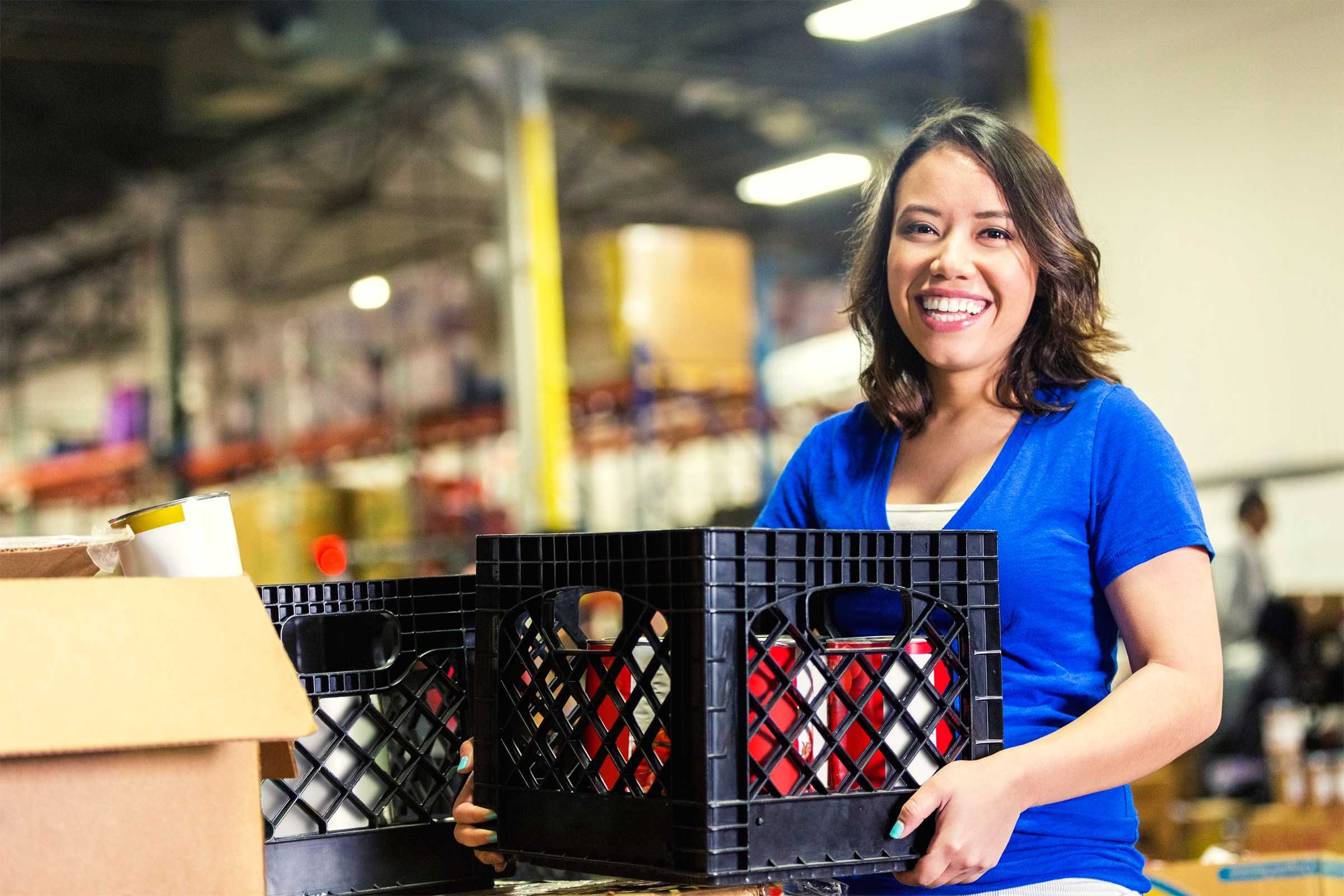
It’s giving that gives back
Whether you’re volunteering or managing a food pantry, you’re not likely to go home unfulfilled. “I love my job because I get to participate in a caring community with neighbors helping neighbors,” Iseminger says. “Our volunteer pool is diverse across socioeconomic lines but what they have in common is working hard alongside one another and addressing the issues of poverty and food insecurity.” Working with people who want to make a positive contribution is something we all can feel good about all year-round. Here are 10 things you didn’t know you could donate.

We love peanut butter
Canned food drives are popular and can help fill the pantry shelves, but it takes a lot of time to sort through all the varieties and keep tabs on “Best if used by” dates before placing them on the shelves. Iseminger suggests something a little different if you’re planning a food drive at your school, office, or place of worship. “We like it when groups or individuals donate multiples of the same item, such as only peanut butter or canned salmon.” Call your local food pantry and find out what their specific needs are before you host a food drive. Some options may be cereal and oatmeal, baby food, or tuna-only donations. The food pantry may be able to provide promotional materials and branded collection barrels.

We love PB but can do more with money
While food donations are absolutely welcome and appreciated, pantries can stock their shelves and feed more people with financial donations. “It’s a misconception that we are funded by the city or state government, when in fact, we are a private non-profit agency with the majority of our funding coming from individuals and less than one percent from government funds,” Iseminger says. Financial donations go a lot further because food pantries have access to wholesale prices that individuals don’t. This comment says a lot about poverty in America.

We have special hours for working families
Food pantry hours don’t always accommodate clients’ work schedules. The Feeding Our Neighbors program offer an additional pantry distribution for working families outside the 9-to-5 window, so they don’t have to rush from work or miss work to get food. That means additional volunteering opportunities are available evenings and weekends, when you may have more free time.
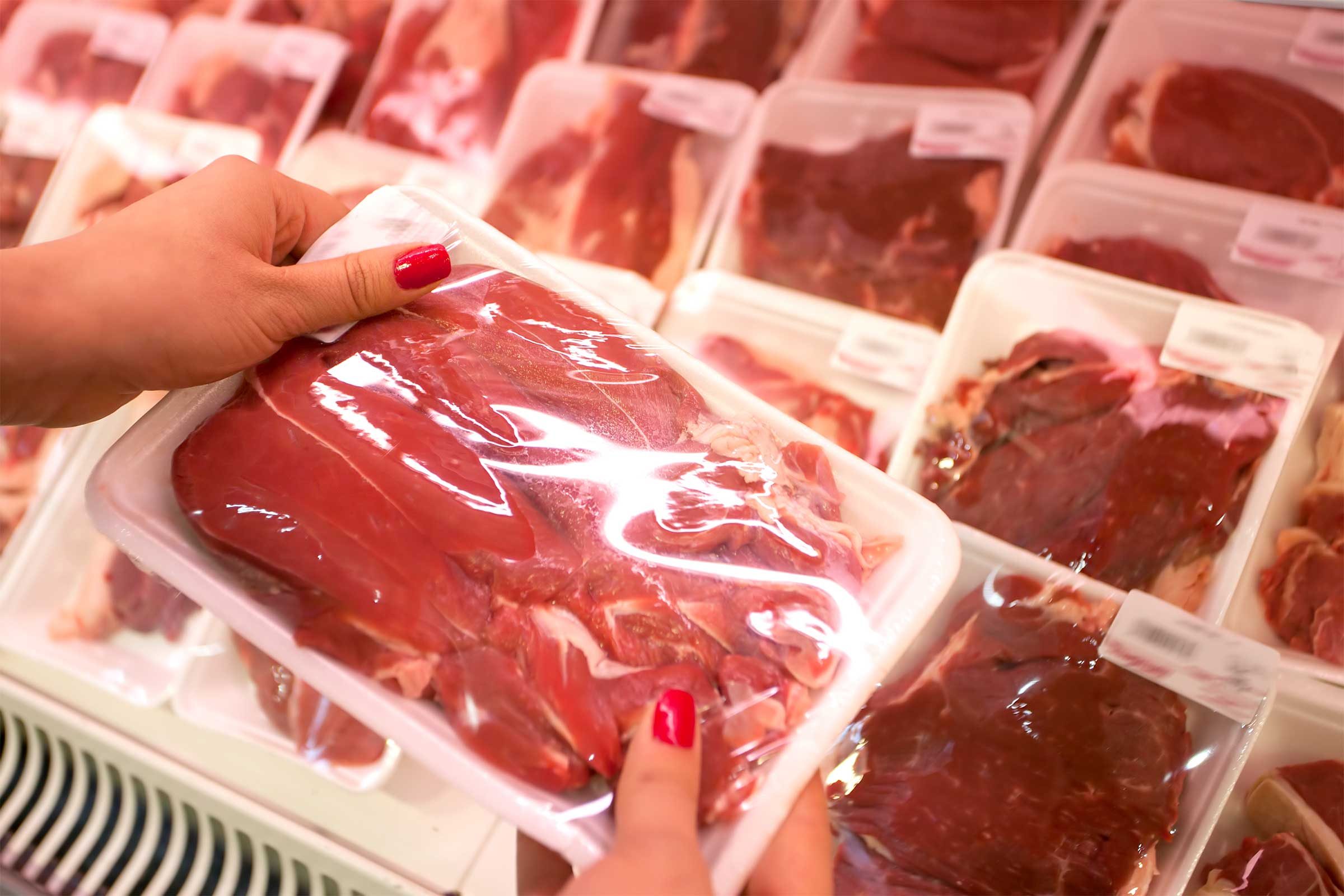
Here’s what we really want
Every food pantry needs financial donations and volunteers but in terms of food, we’re most eager for lean meats and produce. “With most food programs budgets being decreased, it’s hard for people to afford these vital items,” Foriest says. If you would like to donate meat to a food pantry, it has to be frozen, due to health code regulations. Packaged meat is acceptable and a favorite of families with small children. Produce can be loose or packaged, and is distributed immediately to ensure freshness for the clients. Here are 7 places you can donate old stuff.
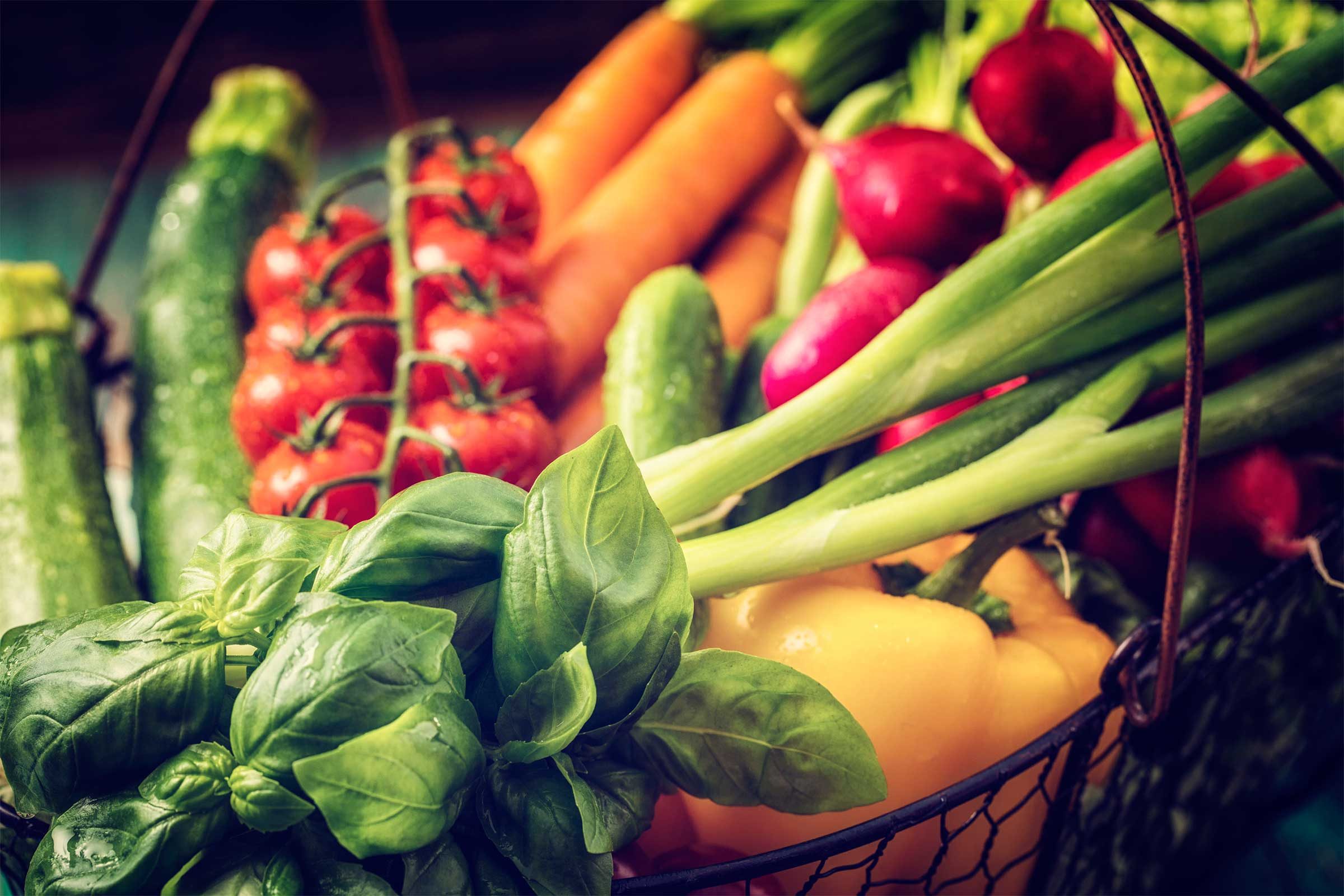
We’ll take goods from your garden
If you’re a gardener or know someone who is, you know that some years you’ll see baskets of zucchini, cucumbers, beans, and other veggies rot because you can’t eat enough to keep up with the growth. “Food pantries want people to know that they can donate fresh produce,” says Rachna Govani, co-founder and CEO of foodstand.com, an app that helps build healthy eating habits through community-powered good eating challenges, like the No Waste Challenge. “We recommend that our members donate whatever produce they can when they participate in our No Food Waste Challenge.” A shocking 40 percent of uneaten food goes in the trash and ends up rotting in our landfills. Most of that food is produce. If you’re a backyard gardener or even a commercial grower, consider donating your extra produce to your local food pantry. Find out in which country it’s illegal for grocery stores to waste food.

We need foods for four-legged friends
Many families who have hit hard times find it difficult to feed their pets. Other people have taken in pets from a loved one who died. Whatever the situation may be, it’s a tough dilemma to face when a pet is considered a member of the family. “We accept pet food and our clients frequently request it,” Iseminger says. Although pet food may not be a major part of food pantries, it can help to pick up few extra bags of pet food when you’re buying some for your own dog or cat. Just call ahead to see if they accept pet food and if they have any special guidelines.
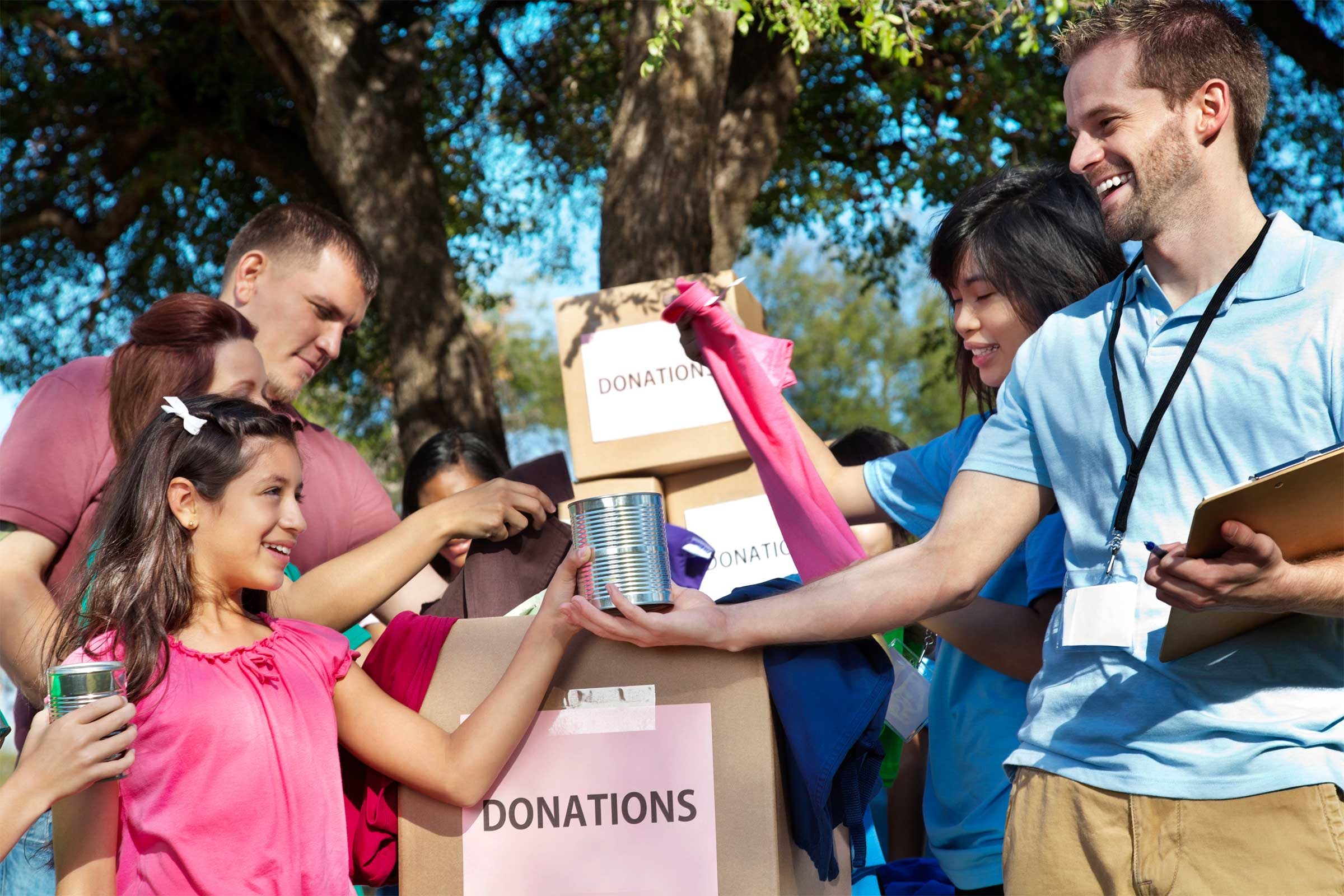
We’d love your help year-round
As you can imagine, donations and volunteering are most popular during the holiday season. While food pantries appreciate the seasonal generosity, they need donations and volunteers all year. “It’s the other 10 months of the year, especially in the summer, when it’s a challenge to fill all of our open volunteer slots,” Iseminger says. If you’re interested in volunteering, he suggests visiting the website of your local food pantry and touring the facility. “That gives people an idea of what the specific needs are, what the space challenges are, and what the staff needs.” Next, here are thoughtful ways you can donate your used books.
